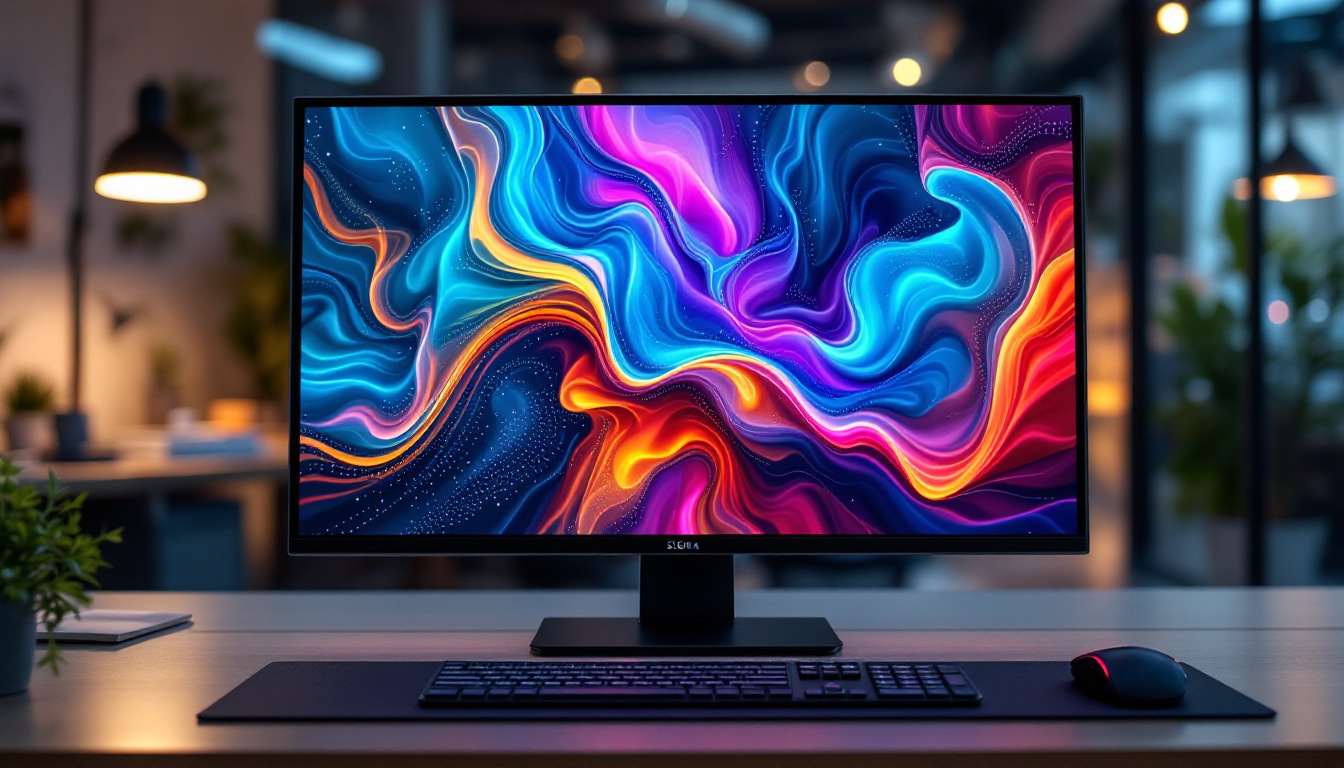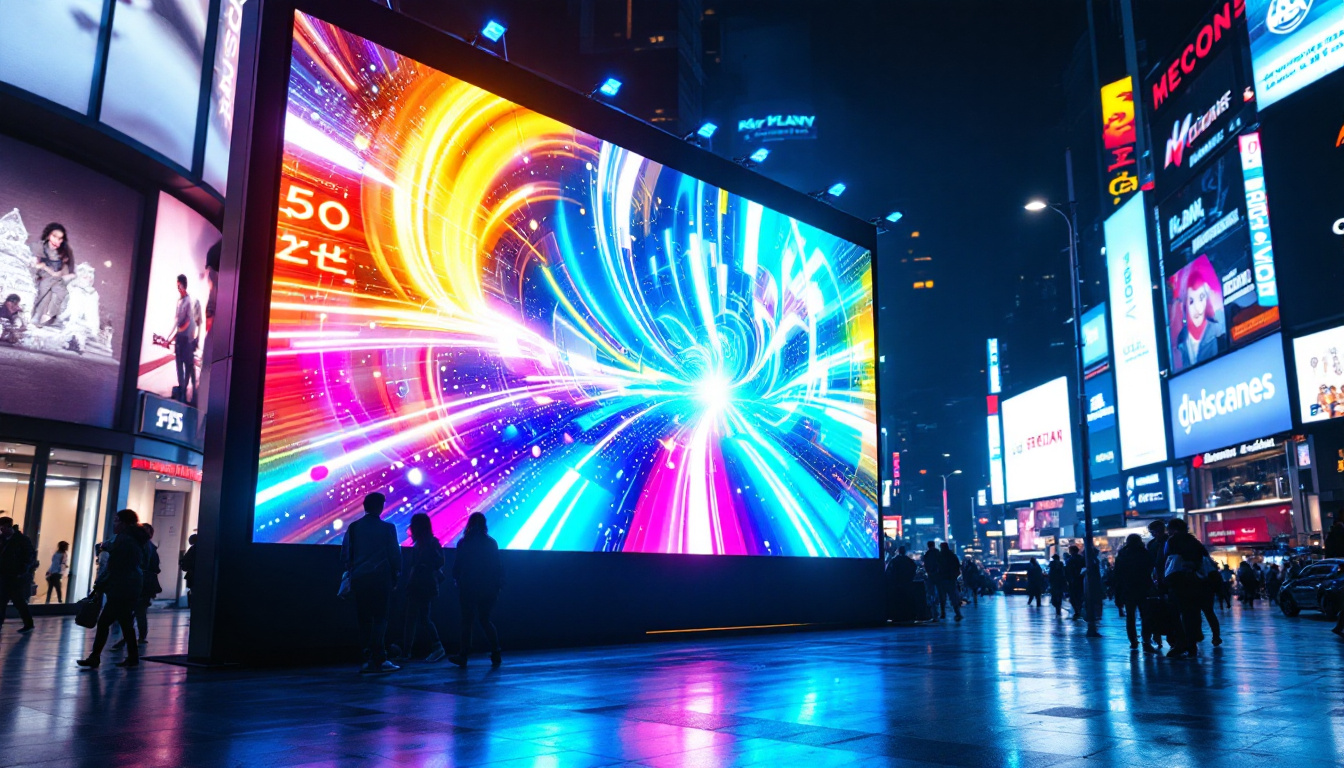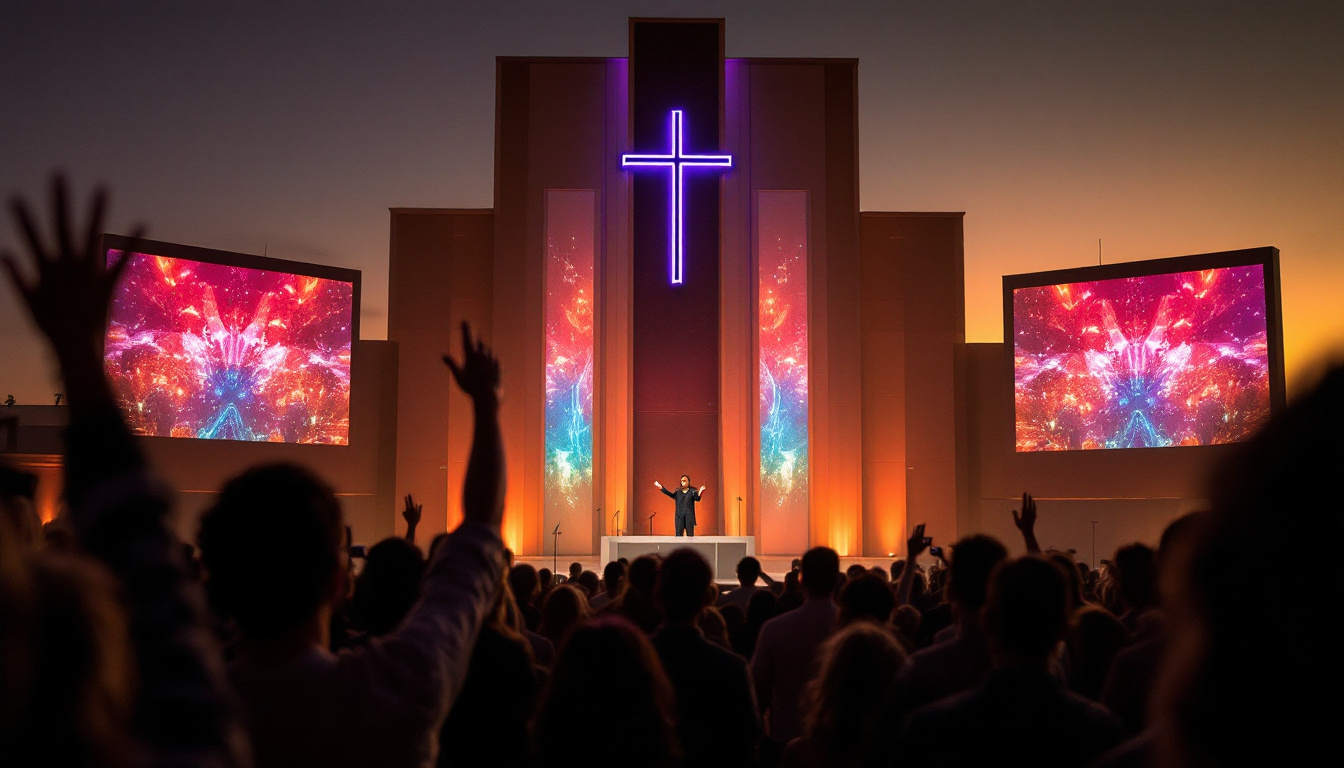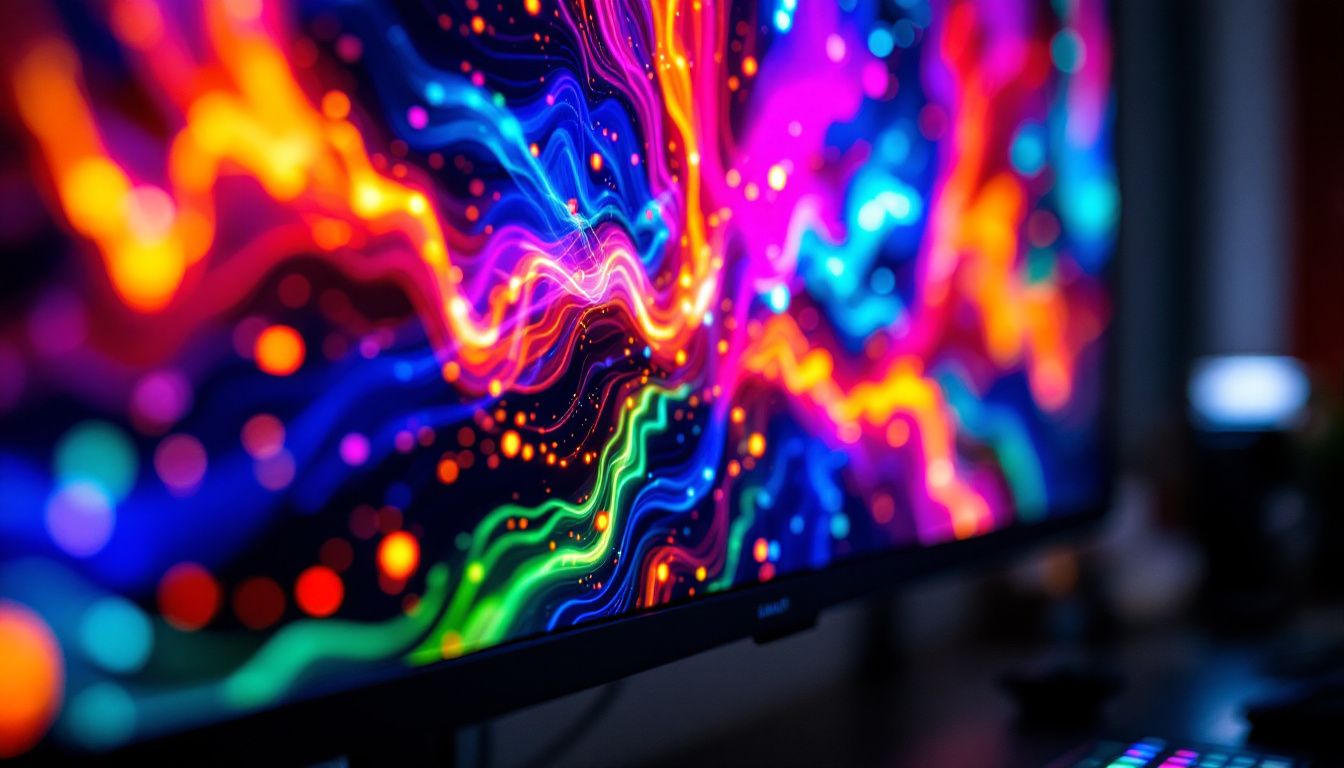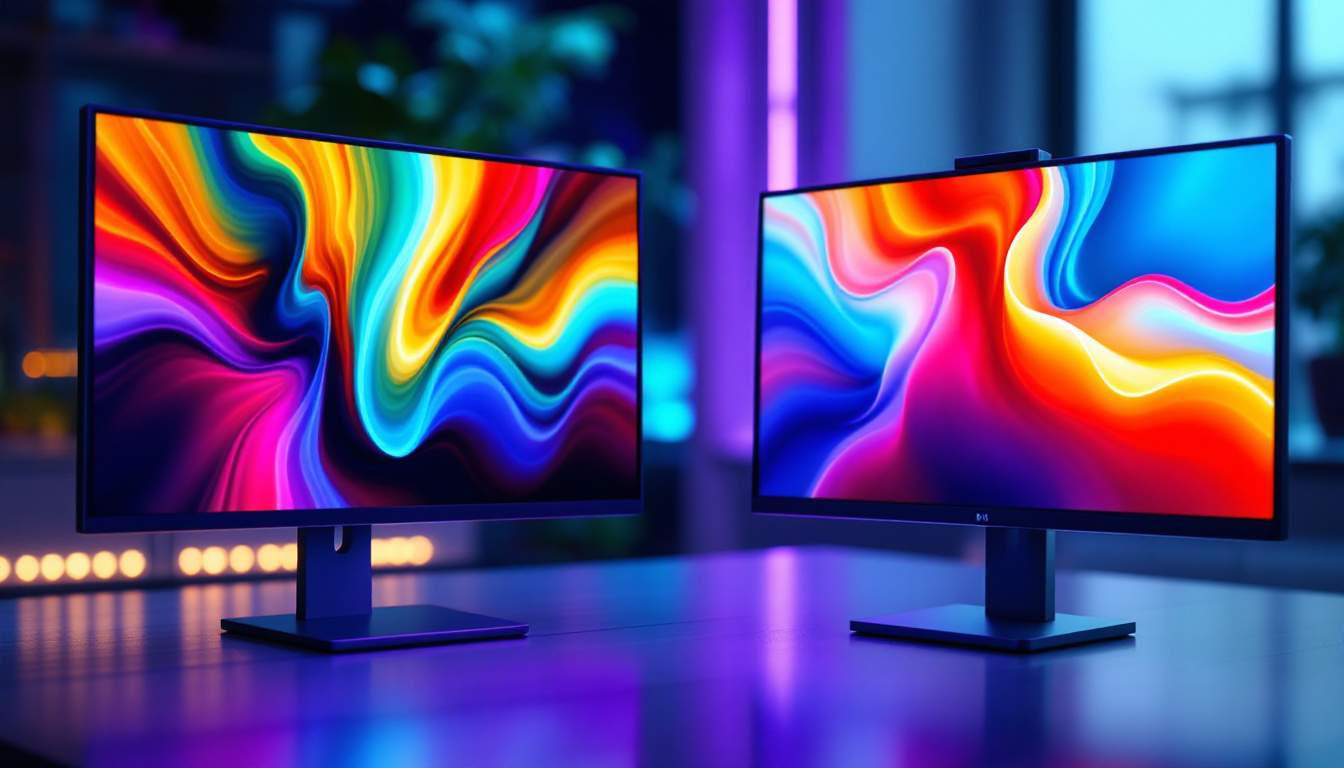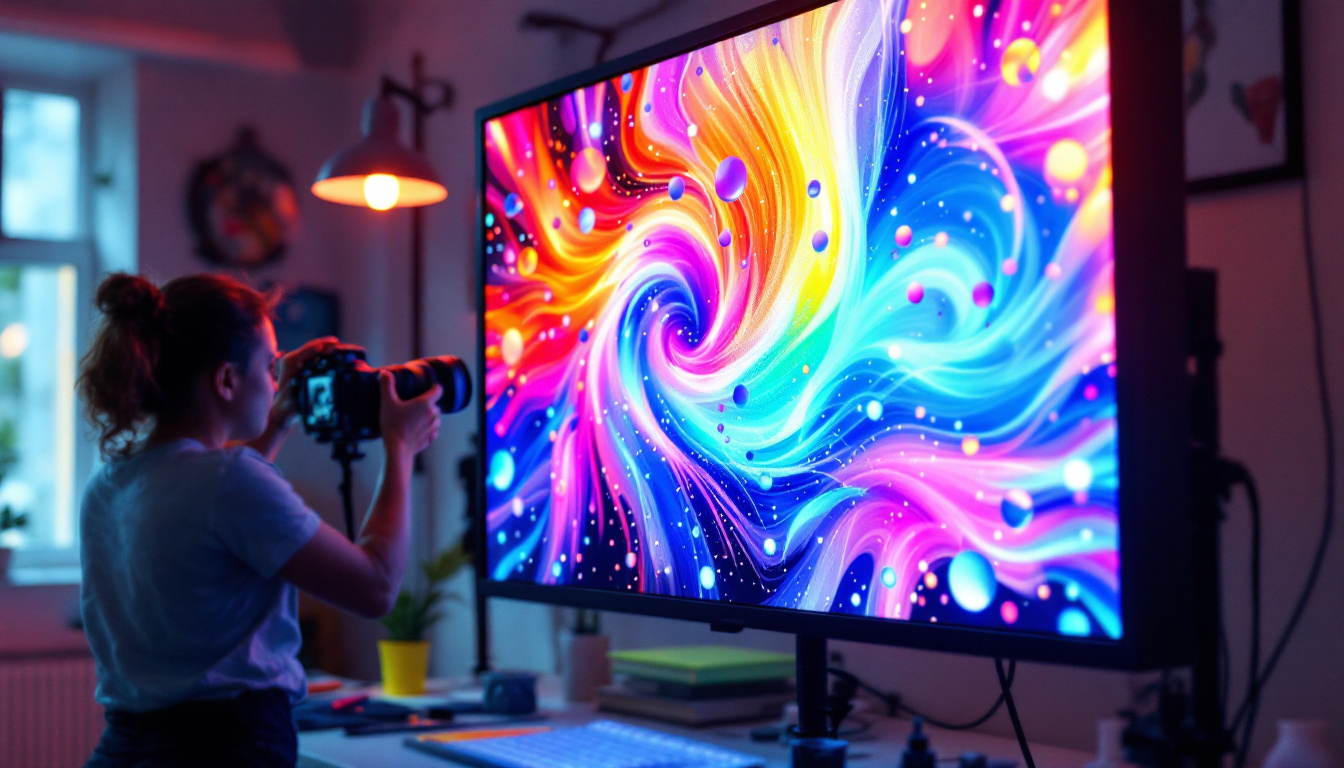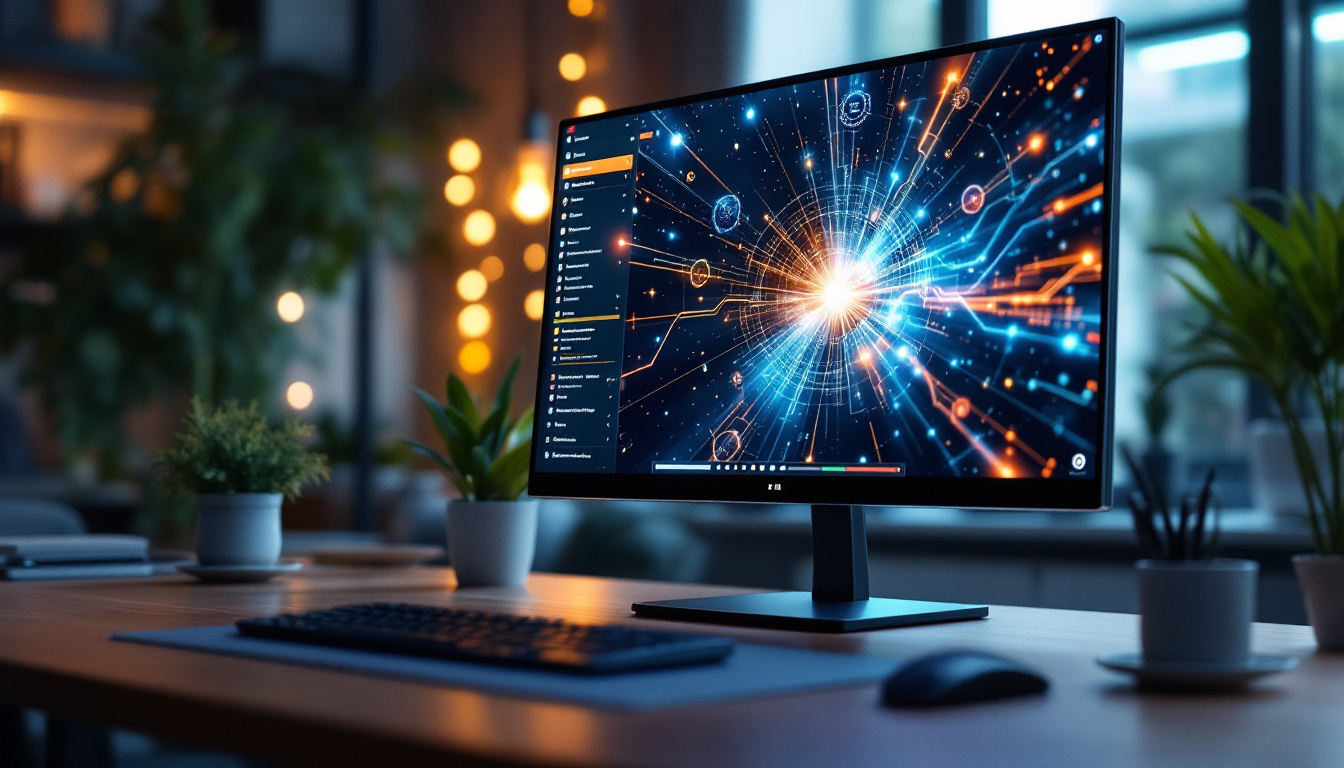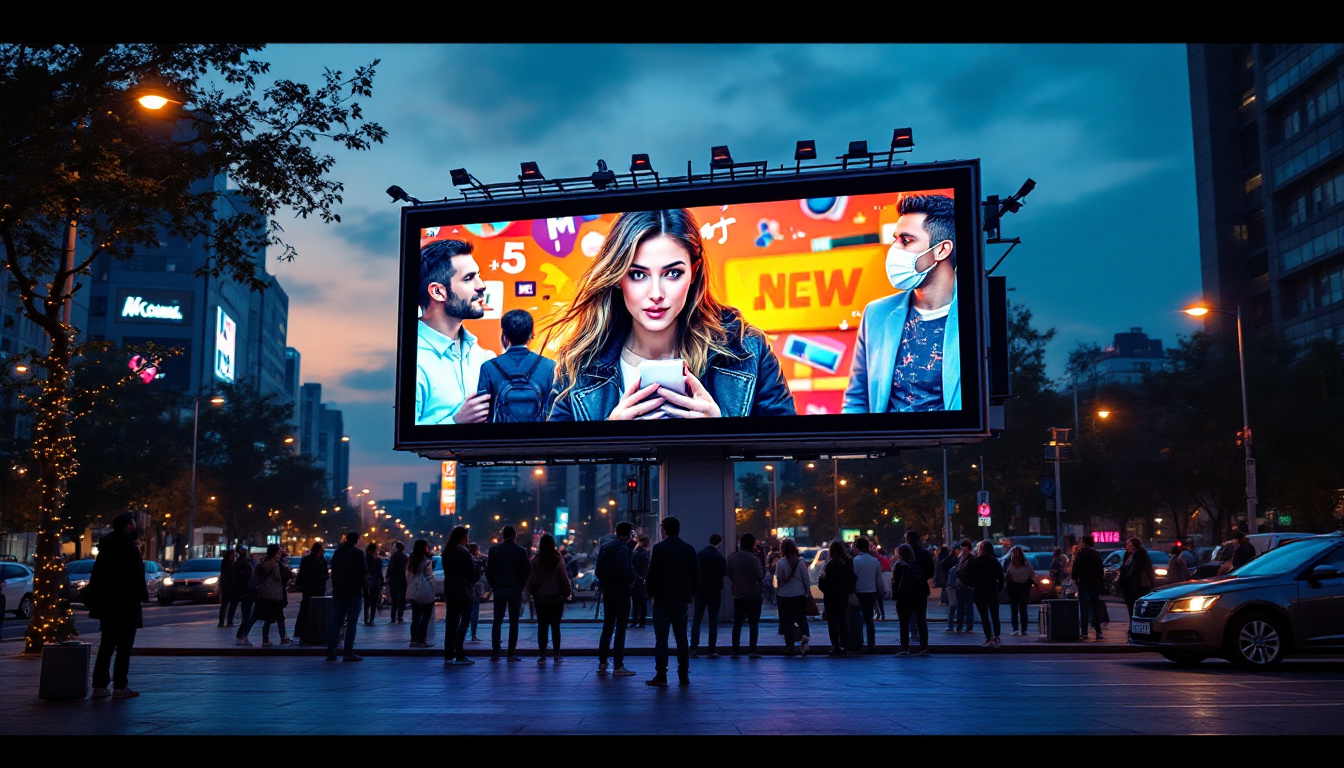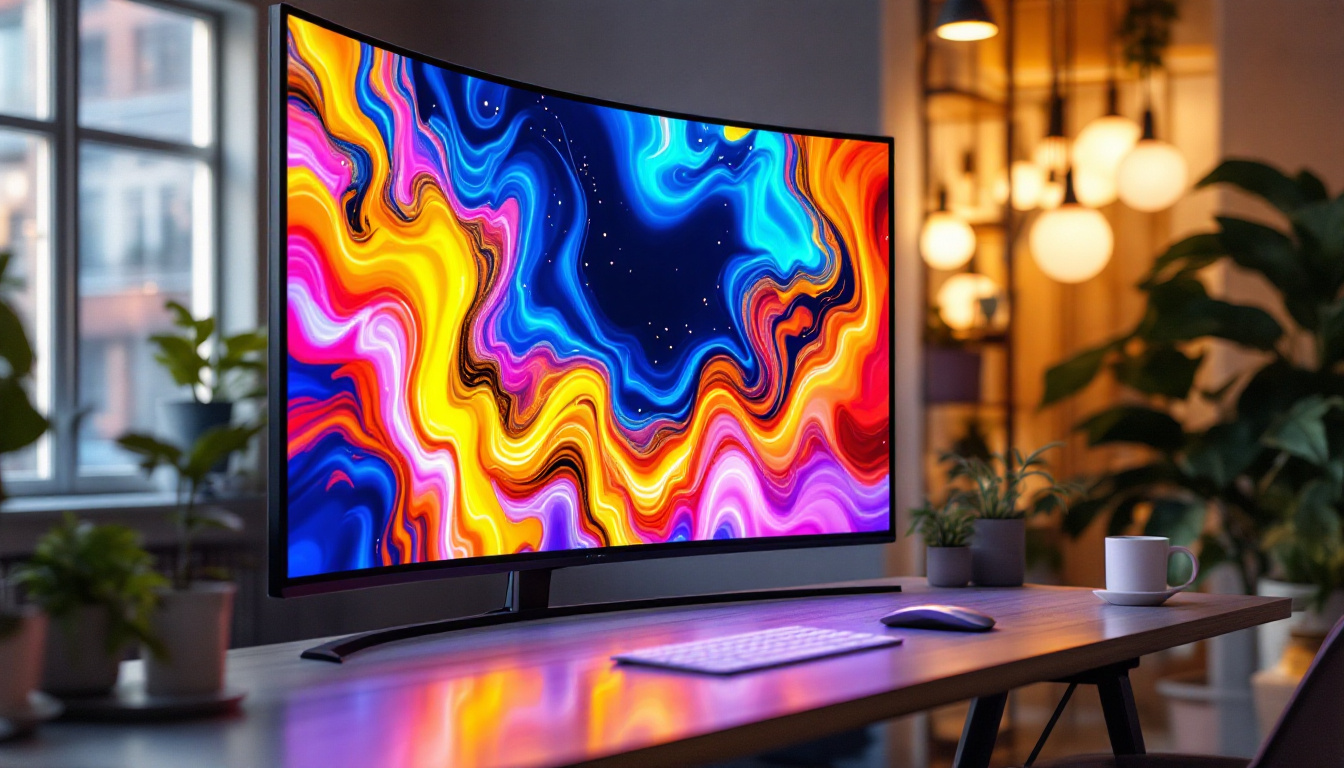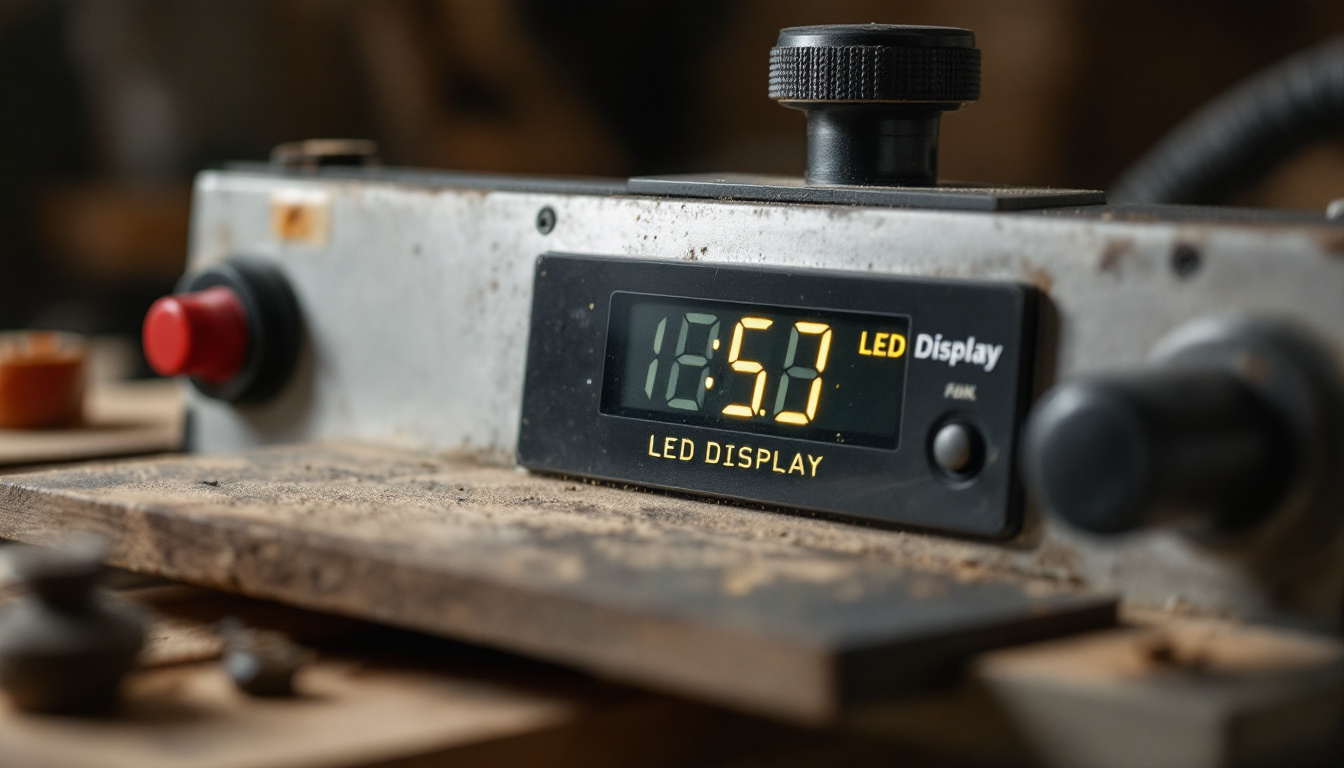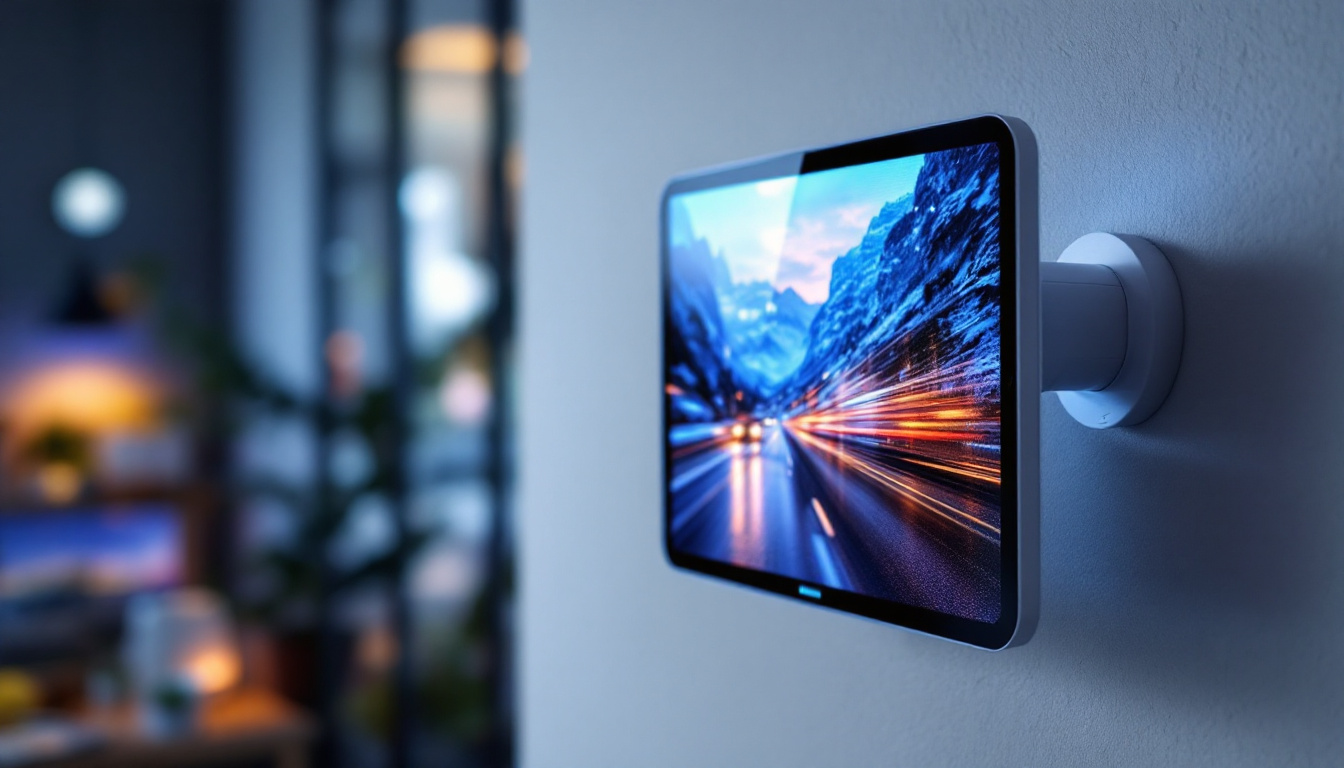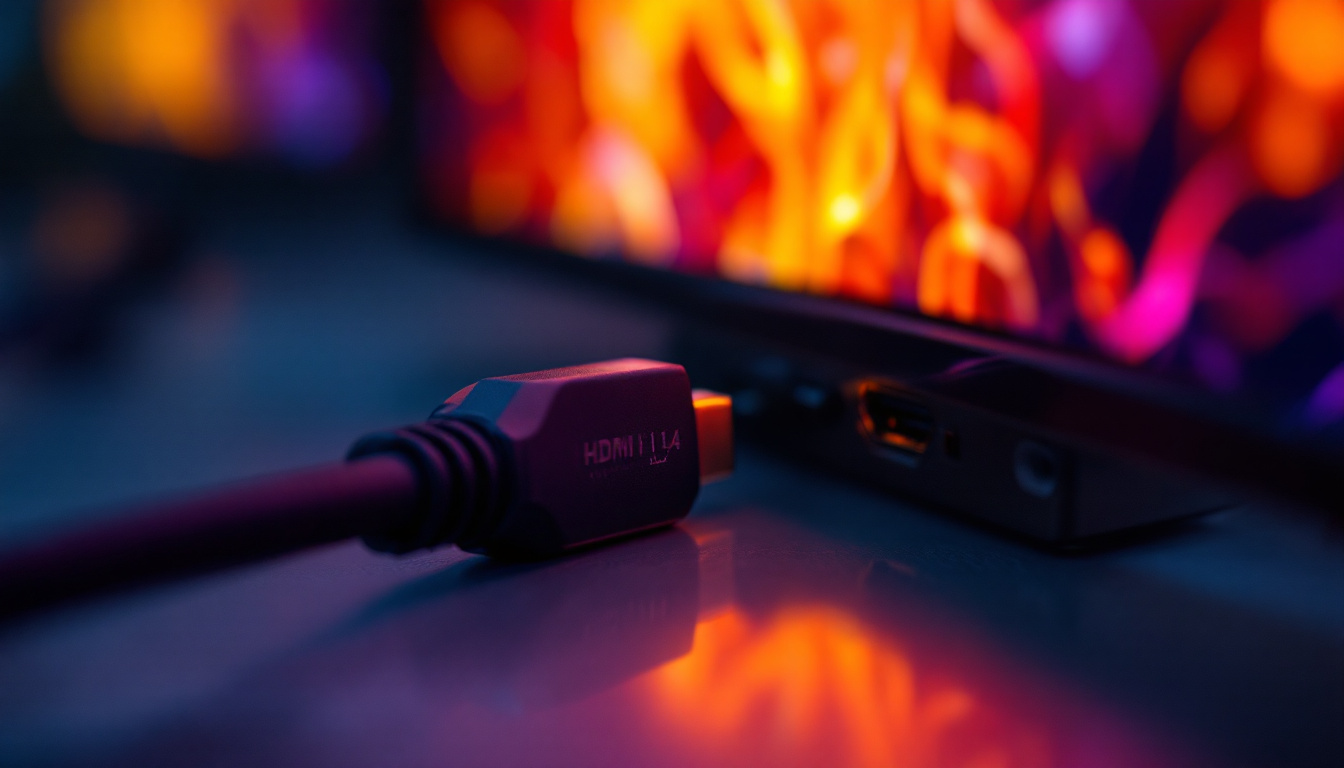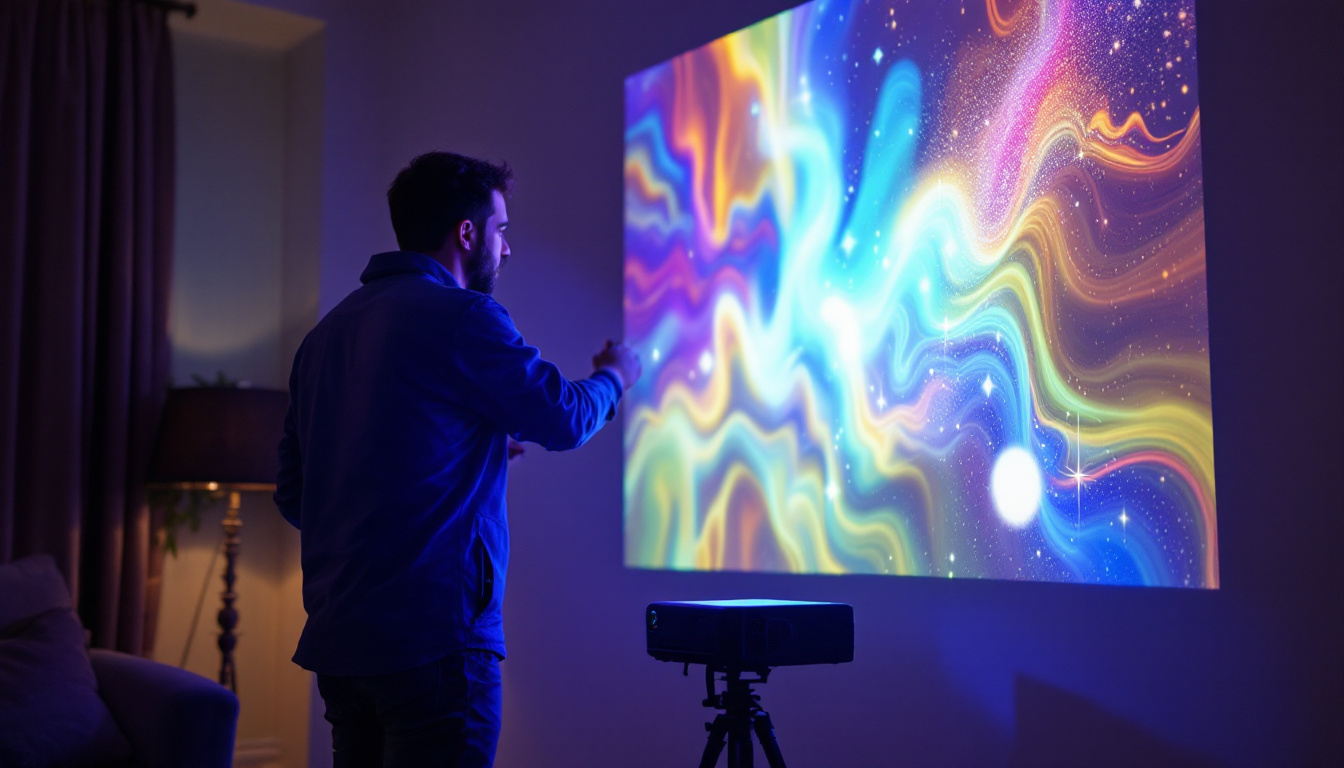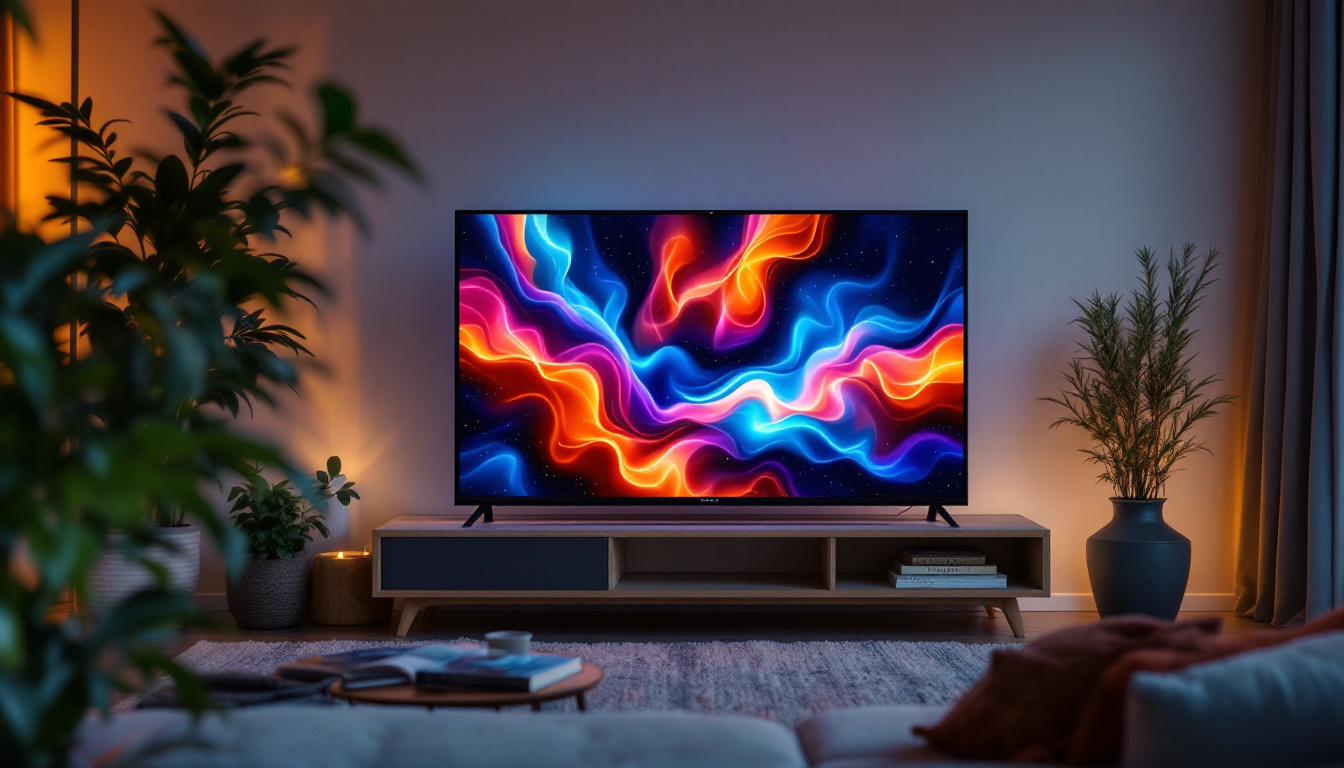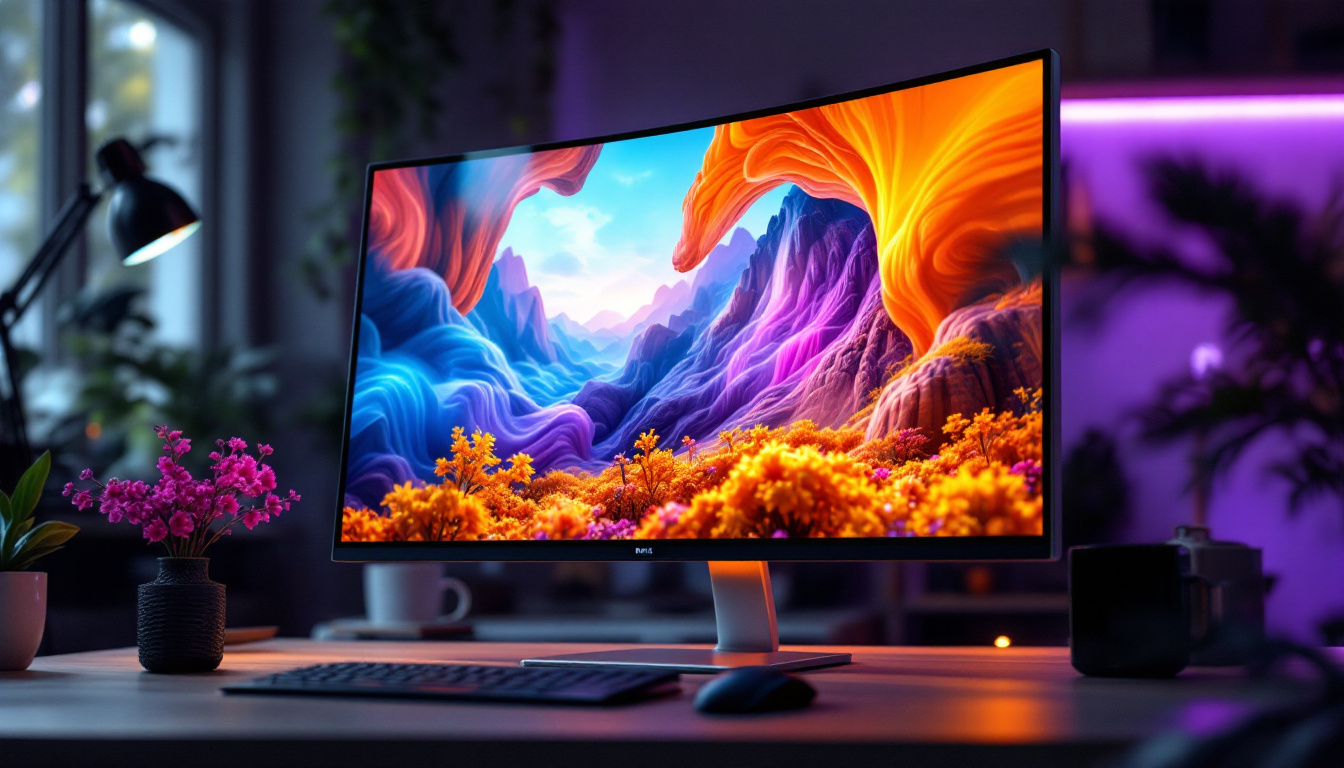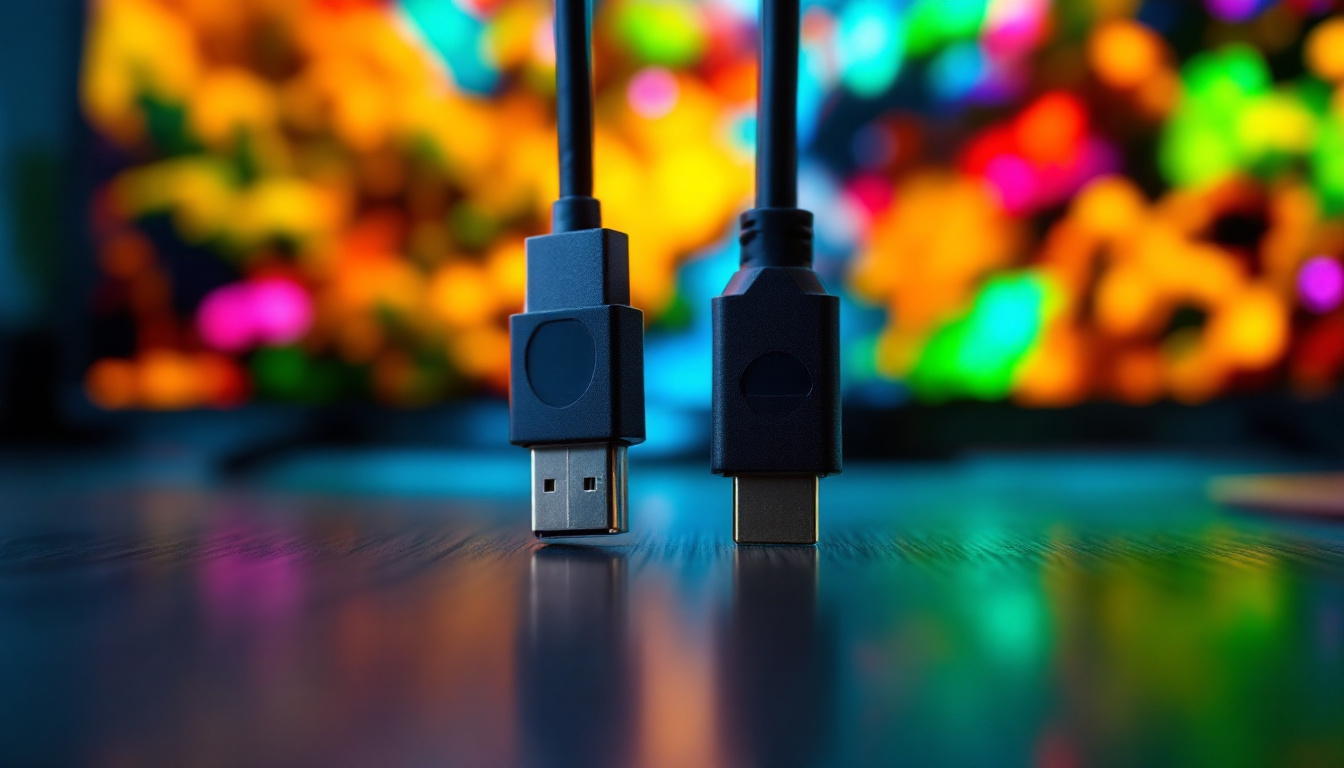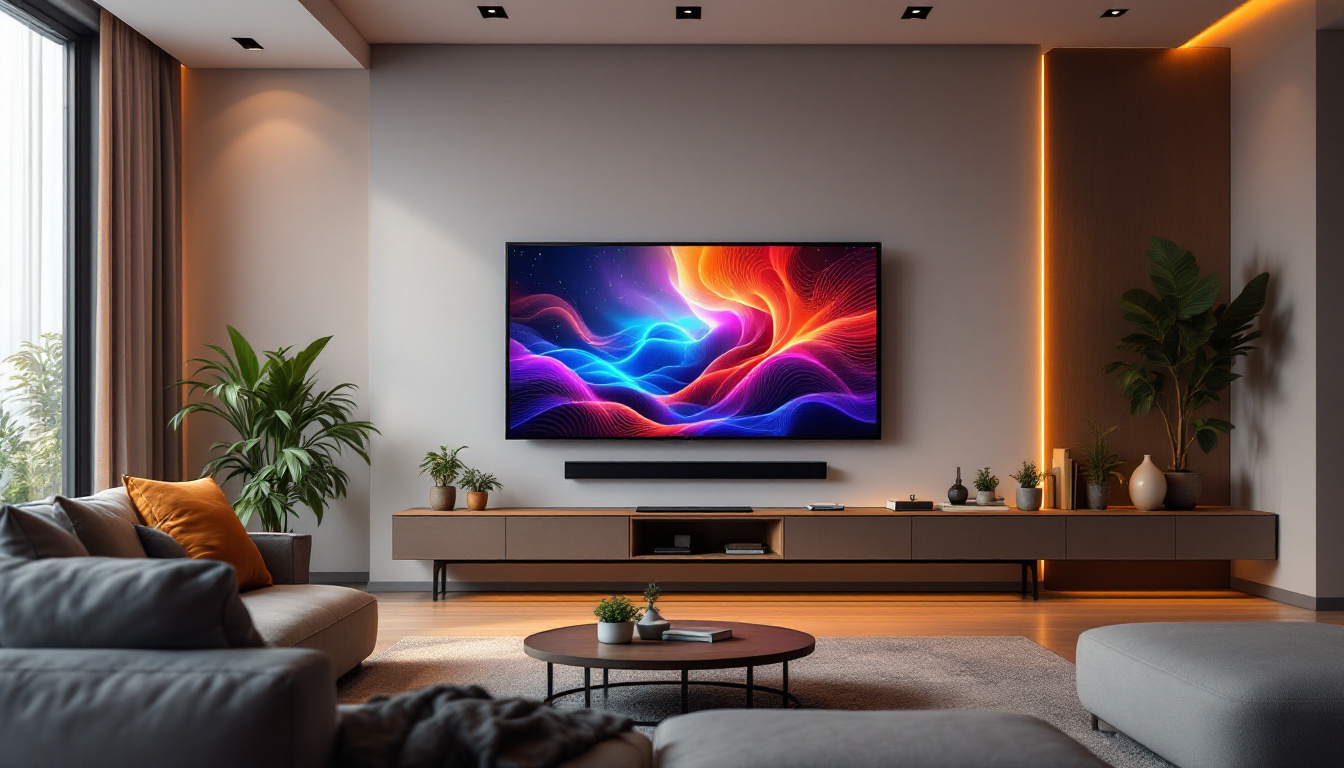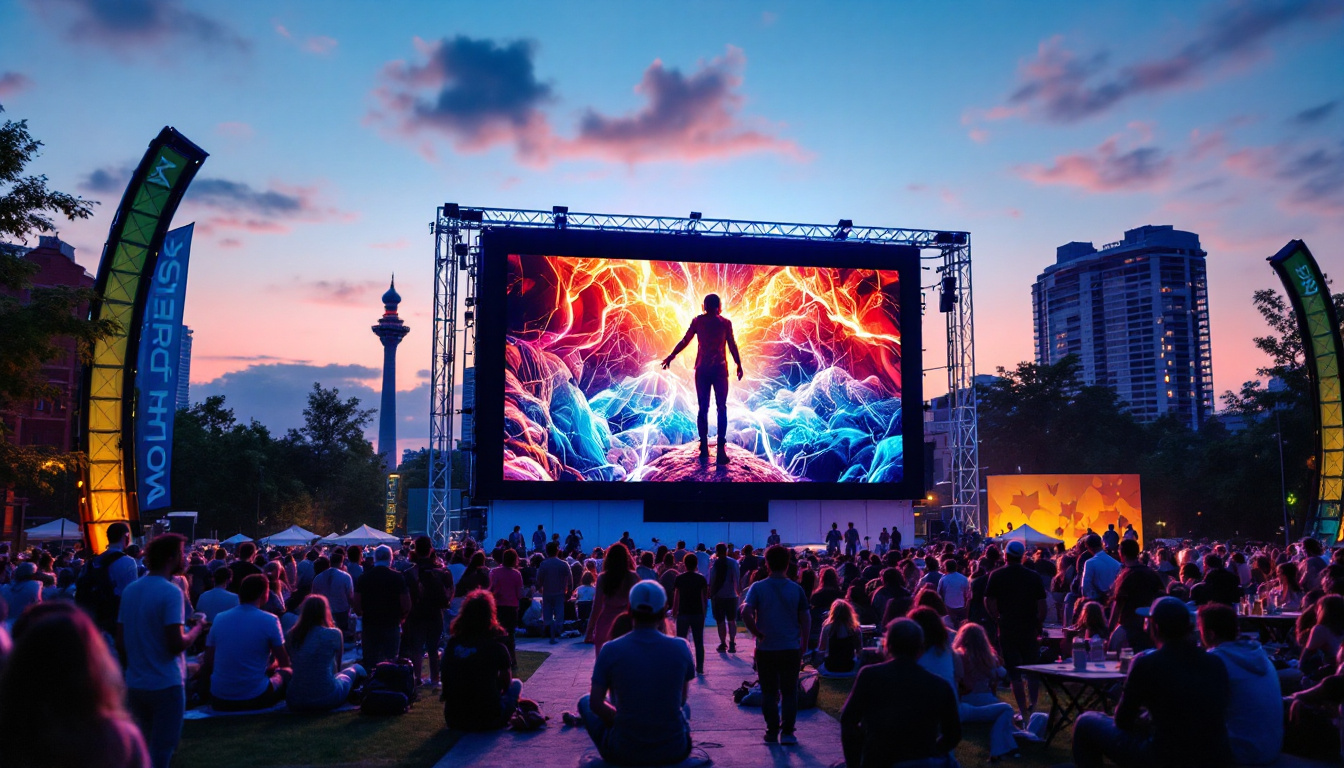In the rapidly evolving world of digital displays, understanding the intricacies of LED technology is essential for making informed decisions. One of the most critical specifications in LED displays is pixel pitch. This article delves into what pixel pitch is, how it affects display quality, and the importance of a pixel pitch calculator in selecting the right LED display for various applications.
Understanding Pixel Pitch
Pixel pitch refers to the distance between the centers of two adjacent pixels on an LED display. It is typically measured in millimeters (mm). A smaller pixel pitch means that the pixels are closer together, resulting in a higher resolution and better image quality. Conversely, a larger pixel pitch indicates that the pixels are spaced further apart, which can lead to a lower resolution.
The Importance of Pixel Pitch
The pixel pitch directly influences the viewing experience. For instance, in environments where viewers are close to the display, such as retail stores or control rooms, a smaller pixel pitch is essential to ensure that images appear sharp and clear. On the other hand, in larger venues like stadiums or outdoor events, a larger pixel pitch may suffice, as viewers are typically positioned farther away. Additionally, the pixel pitch can affect the overall brightness and color uniformity of the display. Displays with smaller pixel pitches often require more advanced technology to manage color accuracy and brightness levels across all pixels, which can enhance the visual experience significantly.
Common Pixel Pitch Sizes
Pixel pitch sizes can vary significantly depending on the application and the intended viewing distance. Common pixel pitch sizes include:
- P1.2: Ideal for indoor environments where viewers are very close.
- P2.5: Suitable for indoor displays, offering a balance between resolution and cost.
- P4: Often used in outdoor displays, providing good visibility from a distance.
- P10: Common in large outdoor billboards, where viewing distances are greater.
As technology continues to advance, we are witnessing the emergence of even smaller pixel pitches, such as P0.9 or P1.0, which are now becoming viable options for high-end applications like conference rooms and luxury retail spaces. These ultra-fine pixel pitches allow for incredible detail and clarity, making them ideal for displaying intricate graphics and high-definition video content. Furthermore, the choice of pixel pitch not only impacts the visual quality but also plays a crucial role in the overall cost and installation logistics of the display system, as smaller pixel pitches often require more complex and expensive components.
How Pixel Pitch Affects Display Quality
The quality of an LED display is not solely determined by pixel pitch; however, it plays a pivotal role in overall performance. A smaller pixel pitch can enhance clarity and detail, while a larger pixel pitch may compromise image quality. Understanding these nuances is crucial for selecting the right display for specific needs.
Resolution and Clarity
Resolution is a key factor in determining the visual quality of an LED display. Higher resolution displays, characterized by smaller pixel pitches, can render more detailed images and text. This is particularly important in applications such as digital signage, where clarity is paramount. For example, a P1.2 display can present intricate graphics and fine text that would be difficult to read on a P10 display. In environments where visual communication is essential, such as retail spaces or control rooms, the ability to showcase high-resolution content can significantly enhance viewer engagement and comprehension.
Viewing Distance Considerations
Another critical aspect of pixel pitch is the optimal viewing distance. The general rule of thumb is that the viewing distance should be at least 10 times the pixel pitch for optimal clarity. For instance, a P2.5 display is best viewed from a distance of at least 2.5 meters. Understanding this relationship helps in making informed decisions about display placement and pixel pitch selection. Additionally, the viewing angle also plays a role; displays with smaller pixel pitches often maintain image integrity at wider angles, making them suitable for larger audiences. This is particularly advantageous in venues such as stadiums or auditoriums, where viewers may be positioned at varying distances and angles relative to the screen.
Impact on Color Accuracy
Color accuracy is another vital aspect influenced by pixel pitch. Displays with smaller pixel pitches tend to offer more vibrant and consistent colors due to the closer proximity of pixels, which allows for better blending and less visible pixelation. This is crucial in applications where color fidelity is essential, such as in art galleries or fashion shows, where the true representation of colors can impact perception and decision-making. Furthermore, advancements in LED technology, such as improved color calibration techniques, have made it possible to achieve even greater accuracy and consistency across different pixel pitches, enhancing the overall viewing experience.
Using a Pixel Pitch Calculator
A pixel pitch calculator is an invaluable tool for anyone involved in the selection or installation of LED displays. This tool helps users determine the appropriate pixel pitch based on various factors, including viewing distance, display size, and resolution requirements. By understanding pixel pitch, users can ensure that their displays deliver optimal image quality and clarity, which is essential for applications ranging from advertising to live events.
Key Features of a Pixel Pitch Calculator
- Input Parameters: Users can input specific parameters such as viewing distance and display size to receive tailored recommendations.
- Output Recommendations: The calculator provides suggestions for optimal pixel pitch based on the input data, helping users make informed decisions.
- Comparative Analysis: Some calculators allow users to compare different pixel pitch options side by side, highlighting the pros and cons of each.
Steps to Use a Pixel Pitch Calculator
Using a pixel pitch calculator is straightforward. Here’s a step-by-step guide:
- Determine Viewing Distance: Measure how far away viewers will typically be from the display.
- Specify Display Size: Input the dimensions of the display you are considering.
- Analyze Results: Review the recommended pixel pitch and consider how it aligns with your project requirements.
Additionally, it is important to consider the environment in which the display will be used. Factors such as ambient light conditions, the type of content being displayed, and the audience’s viewing angle can significantly impact the effectiveness of the chosen pixel pitch. For instance, a display used in a brightly lit environment may require a tighter pixel pitch to maintain image clarity, while a display in a dimly lit venue might perform well with a more relaxed pixel pitch. Understanding these nuances can enhance the overall viewing experience and ensure that the display meets the intended purpose.
Moreover, many pixel pitch calculators also include advanced features such as the ability to simulate how different pixel pitches will look in real-world scenarios. This can be particularly helpful for designers and engineers who want to visualize the impact of their choices before making a purchase. By leveraging these simulations, users can better anticipate how their displays will perform under various conditions, leading to more successful installations and satisfied audiences.
Applications of LED Displays with Varying Pixel Pitch
LED displays are utilized across various sectors, each with unique requirements regarding pixel pitch. Understanding these applications can help in selecting the right display for specific needs.
Retail and Advertising
In retail environments, LED displays are often used for advertising and promotions. Smaller pixel pitches are preferred here, as they allow for high-resolution images that attract customers’ attention. Displays with pixel pitches of P1.2 to P2.5 are common in stores, where clarity and detail can significantly impact consumer behavior.
Events and Entertainment
For concerts, sports events, and other entertainment venues, LED displays play a crucial role in engaging audiences. Depending on the venue size, pixel pitches can vary. Larger outdoor displays may utilize pixel pitches of P4 to P10, ensuring visibility from great distances while maintaining acceptable image quality.
Corporate and Control Rooms
In corporate settings, such as control rooms or conference centers, high-resolution displays are essential for monitoring and presentations. Here, pixel pitches of P1.2 to P2.5 are often employed to ensure that critical data is displayed clearly and can be easily read from various angles and distances.
Factors to Consider When Choosing Pixel Pitch
Selecting the right pixel pitch involves considering several factors beyond just viewing distance and display size. These factors can significantly influence the effectiveness of the LED display in its intended application.
Budget Constraints
Cost is often a determining factor in selecting an LED display. Smaller pixel pitches generally come with higher costs due to the increased number of pixels and advanced technology required. It is essential to balance the desired image quality with budget constraints, ensuring that the chosen display meets both aesthetic and financial requirements.
Environment and Lighting Conditions
The environment in which the LED display will be installed also plays a crucial role. Displays used in bright outdoor settings may require a larger pixel pitch to maintain visibility and contrast against natural light. In contrast, indoor displays can utilize smaller pixel pitches without the same concerns regarding ambient lighting.
Future-Proofing Your Investment
As technology continues to advance, it is essential to consider future needs when selecting a pixel pitch. Investing in a display with a smaller pixel pitch may provide greater longevity and adaptability as content quality and display technology evolve. This forward-thinking approach can help ensure that the display remains relevant and effective for years to come.
Conclusion
Understanding pixel pitch and its implications is vital for anyone involved in the selection and installation of LED displays. A pixel pitch calculator serves as an essential tool in this process, helping users make informed decisions based on specific requirements. By considering factors such as viewing distance, budget, and environmental conditions, it is possible to select the ideal LED display that meets both current and future needs.
As the demand for high-quality digital displays continues to grow, staying informed about pixel pitch and its impact on display performance will be crucial. Whether for retail, entertainment, or corporate applications, making the right choice can significantly enhance the viewing experience and ensure a successful investment in LED technology.
Discover LumenMatrix’s Advanced LED Solutions
Ready to elevate your visual experience with the perfect LED display? LumenMatrix offers a comprehensive range of innovative LED solutions tailored to your needs. From captivating Indoor LED Walls to dynamic Outdoor LED Displays and beyond, our mission is to revolutionize your visual communication. Embrace the future of digital signage with LumenMatrix and create unforgettable impressions. Check out LumenMatrix LED Display Solutions today and see the difference cutting-edge technology can make.



